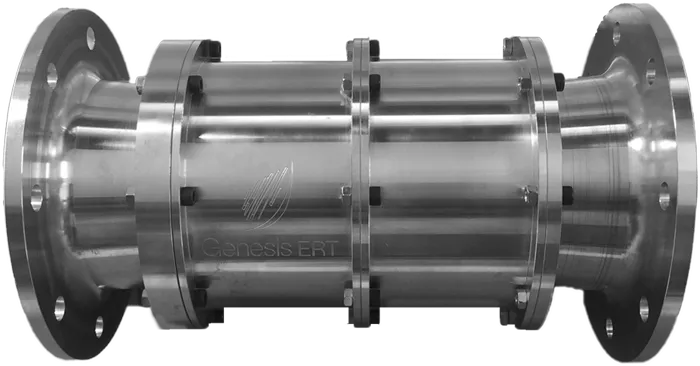Finding A Renewable Solution was Our Ultimate Goal!
Because of their enormous potential for harvesting clean energy from excess head pressure in municipal and domestic water pipelines, installing an in-pipe water-to-wire power system is an exciting way to integrate renewable resources at the urban and building scale. This is one of the reasons why in-pipe water-to-wire power systems are so compelling. In-pipe techniques can be utilised in various pressure and volumetric flow conditions.
Pico and micro-hydro power systems can be installed in municipalities, energy-intensive industries, and agricultural irrigation regions to supply constant, clean, and continuous energy. This contrasts with the intermittent nature of wind and solar power, the two most common forms of renewable energy.
One of the primary drawbacks of external systems is the requirement for more enormous vaults to house the turbine and generator assembly. As a result, these systems are not ideal for retrofitting into pre-existing water infrastructure because of this requirement. However, FlowGen, a revolutionary in-pipe water-to-wire power system, overcomes this challenge with its internal generator. Early testing of the FlowGen generator was conducted at the Manly Hydraulic Laboratory in Sydney, and you can see in the video how straightforward it is to integrate the generator into an already-existing water pipeline. Because it is contained within a dedicated conduit, it possesses greater adaptability.
Testing of Prototype

